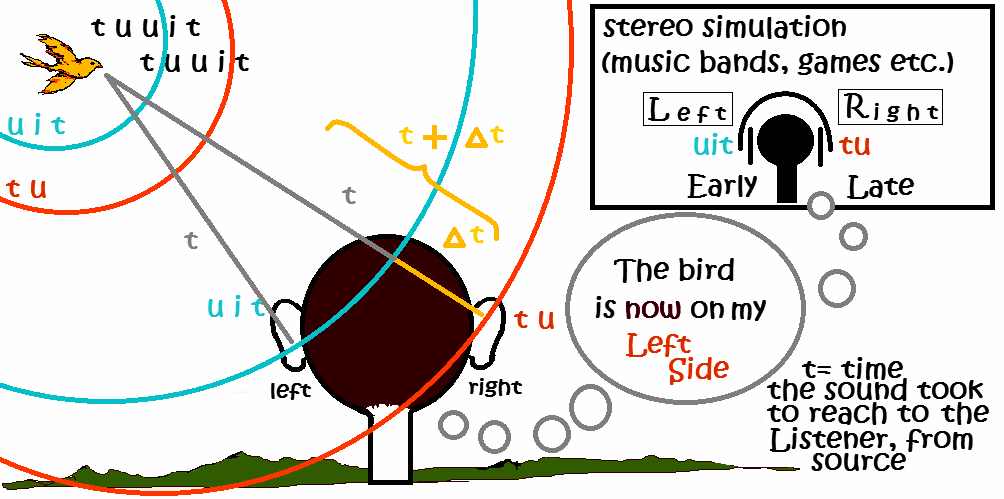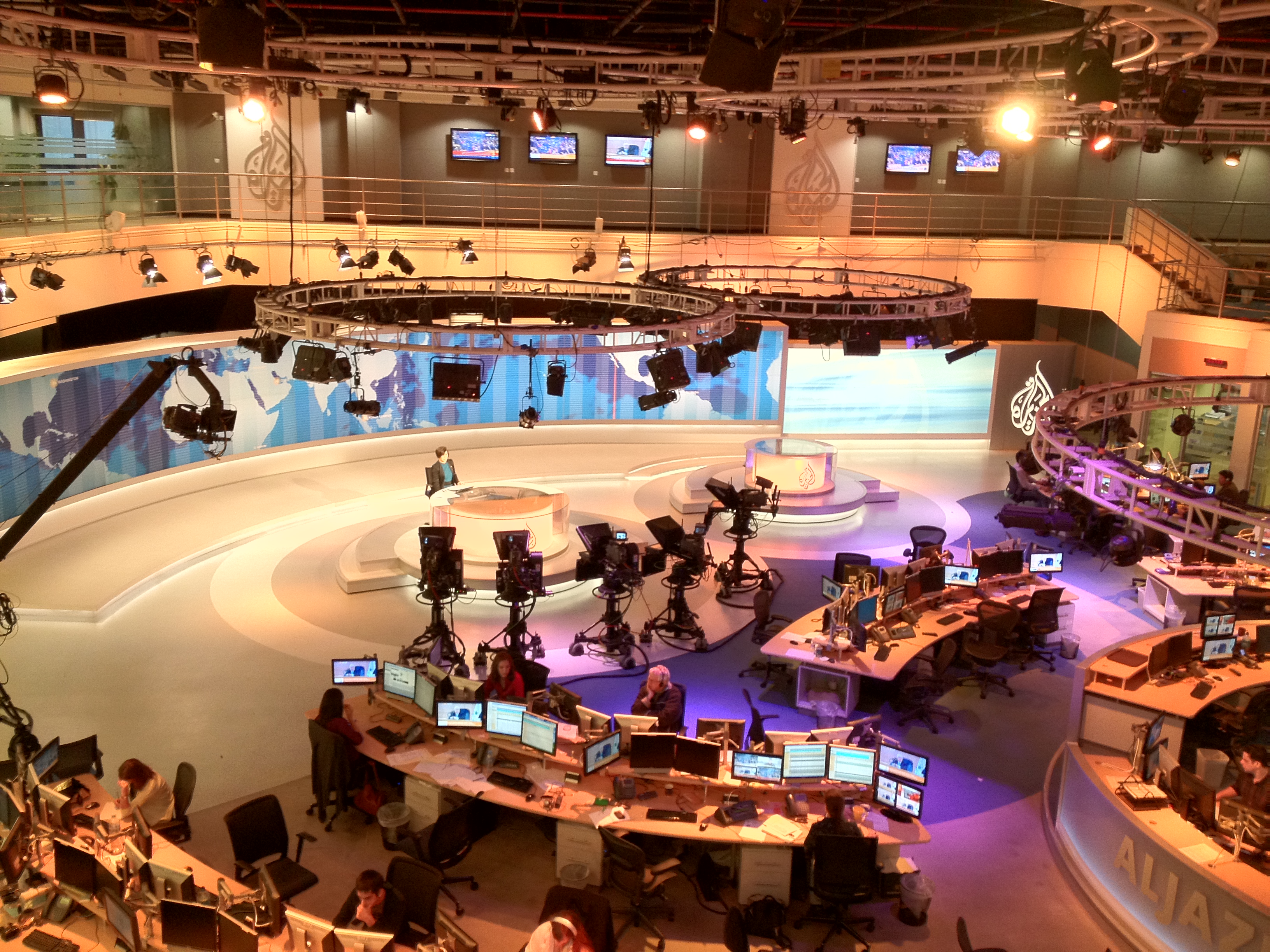|
Théâtrophone
Théâtrophone (, "the theatre phone") was a telephony, telephonic distribution system available in portions of Europe that allowed the subscribers to listen to opera and theatre performances over the telephone lines. The théâtrophone evolved from a Clément Ader invention, which was first demonstrated in 1881, in Paris. Subsequently, in 1890, the invention was commercialized by Compagnie du Théâtrophone, which continued to operate until 1932. Origin The origin of the théâtrophone can be traced to a telephonic transmission system demonstrated by Clément Ader at the 1881 International Exposition of Electricity in Paris. The system was inaugurated by the French President Jules Grévy, and allowed broadcasting of concerts or plays. Ader had arranged 80 telephone transmitters across the front of a stage to create a form of Binaural recording, binaural stereophonic sound. It was the first two-channel audio system, and consisted of a series of telephone transmitters connected fr ... [...More Info...] [...Related Items...] OR: [Wikipedia] [Google] [Baidu] |
Telephone Newspaper
Telephone Newspapers, introduced in the 1890s, transmitted news and entertainment to subscribers over telephone lines. They were the first example of electronic broadcasting, although only a few were established, most commonly in European cities. These systems predated the development, in the 1920s, of radio broadcasting. They were eventually supplanted by radio stations, because radio signals could more easily cover much wider areas with higher quality audio, without incurring the costs of a telephone line infrastructure. History The introduction of the telephone in the mid-1870s included numerous demonstrations of its use for transmitting musical concerts over various distances. In one particularly advanced example, Clément Ader prepared a listening room at the 1881 Paris Electrical Exhibition, where attendees could listen to performances, in stereo, from the Paris Grand Opera. The concept also appeared in Edward Bellamy's influential 1888 utopian novel, '' Looking Backwa ... [...More Info...] [...Related Items...] OR: [Wikipedia] [Google] [Baidu] |
Clément Ader
Clément Ader (; 2 April 1841 – 3 May 1925) was a French inventor and engineer who was born near Toulouse in Muret, Haute-Garonne, and died in Toulouse. He is remembered primarily for his pioneering work in aviation. In 1870 he was also one of the pioneers in the sport of cycling in France. Electrical and mechanical inventions Ader was an innovator in electrical and mechanical engineering. He originally studied electrical engineering, and in 1878 improved on the telephone invented by Alexander Graham Bell. After this he established the telephone network in Paris in 1880. In 1881, he invented the théâtrophone, a system of telephonic transmission where listeners received a separate channel for each ear, enabling stereophonic perception of the actors on a set; it was this invention which gave the first stereo transmission of opera performances, over a distance of 2 miles (3 km) in 1881. In 1903, he devised a V8 engine for the Paris–Madrid race, but although three or ... [...More Info...] [...Related Items...] OR: [Wikipedia] [Google] [Baidu] |
Stereophonic Sound
Stereophonic sound, commonly shortened to stereo, is a method of sound reproduction that recreates a multi-directional, 3-dimensional audible perspective. This is usually achieved by using two independent audio channels through a configuration of two loudspeakers (or stereo headphones) in such a way as to create the impression of sound heard from various directions, as in natural hearing. Because the multi-dimensional perspective is the crucial aspect, the term ''stereophonic'' also applies to systems with more than two channels or speakers such as quadraphonic and surround sound. Binaural recording, Binaural sound systems are also ''stereophonic''. Stereo sound has been in common use since the 1970s in entertainment media such as broadcast radio, recorded music, television, video cameras, cinema, computer audio, and the Internet. Etymology The word ''stereophonic'' derives from the Greek language, Greek (''stereós'', "firm, solid") + (''phōnḗ'', "sound, tone, voice" ... [...More Info...] [...Related Items...] OR: [Wikipedia] [Google] [Baidu] |
Order Of Christ (Portugal)
The Military Order of Christ is a Portuguese honorific order. It is the former order of Knights Templar as it was reconstituted in Portugal. Before 1910, it was known as the Royal Military Order of Our Lord Jesus Christ, and the Order of the Knights of Our Lord Jesus Christ. It was founded in 1318, with the protection of King Denis of Portugal, after the Templars were abolished on 22 March 1312 by the papal bull, '' Vox in excelso'', issued by Pope Clement V. King Denis refused to pursue and persecute the former knights as had occurred in most of the other sovereign states under the political influence of the Catholic Church. Heavily swayed by Philip IV of France, Pope Clement had the Knights Templar annihilated throughout France and most of Europe on charges of heresy, but Denis revived the Templars of Tomar as the Order of Christ, largely for their aid during the ''Reconquista'' and in the reconstruction of Portugal after the wars. Denis negotiated with Clement's successor, J ... [...More Info...] [...Related Items...] OR: [Wikipedia] [Google] [Baidu] |
Telefon Hírmondó
The Telefon Hírmondó (also Telefonhírmondó, generally translated as "Telephone Herald") was a "telephone newspaper" located in Budapest, Hungary, which, beginning in 1893, provided news and entertainment to subscribers over telephone lines. It was both the first and the longest surviving telephone newspaper system, although from 1 December 1925 until its termination in 1944 it was primarily used to retransmit programmes broadcast by Magyar Rádió. Three decades before the development of radio broadcasting, the ''Telefon Hírmondó'' was the first service to electronically deliver a wide range of spoken and musical programming to a diverse audience. Although its inventor envisioned that the technology could be eventually expanded to serve a national or international audience, the technical limitations of the time ultimately limited its service area to just the city of Budapest. Establishment The ''Telefon Hírmondó'' was founded by Tivadar Puskás (a few reviews translated ... [...More Info...] [...Related Items...] OR: [Wikipedia] [Google] [Baidu] |
Europe
Europe is a continent located entirely in the Northern Hemisphere and mostly in the Eastern Hemisphere. It is bordered by the Arctic Ocean to the north, the Atlantic Ocean to the west, the Mediterranean Sea to the south, and Asia to the east. Europe shares the landmass of Eurasia with Asia, and of Afro-Eurasia with both Africa and Asia. Europe is commonly considered to be Boundaries between the continents#Asia and Europe, separated from Asia by the Drainage divide, watershed of the Ural Mountains, the Ural (river), Ural River, the Caspian Sea, the Greater Caucasus, the Black Sea, and the waterway of the Bosporus, Bosporus Strait. "Europe" (pp. 68–69); "Asia" (pp. 90–91): "A commonly accepted division between Asia and Europe ... is formed by the Ural Mountains, Ural River, Caspian Sea, Caucasus Mountains, and the Black Sea with its outlets, the Bosporus and Dardanelles." Europe covers approx. , or 2% of Earth#Surface, Earth's surface (6.8% of Earth's land area), making it ... [...More Info...] [...Related Items...] OR: [Wikipedia] [Google] [Baidu] |
Phonograph
A phonograph, later called a gramophone, and since the 1940s a record player, or more recently a turntable, is a device for the mechanical and analogue reproduction of sound. The sound vibration Waveform, waveforms are recorded as corresponding physical deviations of a helical or spiral groove engraved, etched, incised, or impressed into the surface of a rotating cylinder or disc, called a ''Phonograph record, record''. To recreate the sound, the surface is similarly rotated while a playback #Stylus, stylus traces the groove and is therefore vibrated by it, faintly reproducing the recorded sound. In early acoustic phonographs, the stylus vibrated a Diaphragm (acoustics), diaphragm that produced sound waves coupled to the open air through a flaring Horn loudspeaker, horn, or directly to the listener's ears through stethoscope-type earphones. The phonograph was invented in 1877 by Thomas Edison; its use would rise the following year. Alexander Graham Bell's Volta Laboratory an ... [...More Info...] [...Related Items...] OR: [Wikipedia] [Google] [Baidu] |
Radio Broadcasting
Radio broadcasting is the broadcasting of audio signal, audio (sound), sometimes with related metadata, by radio waves to radio receivers belonging to a public audience. In terrestrial radio broadcasting the radio waves are broadcast by a land-based radio station, while in ''satellite radio'' the radio waves are broadcast by a satellite in Earth orbit. To receive the content the listener must have a Radio receiver, broadcast radio receiver (''radio''). Stations are often affiliated with a radio network that provides content in a common radio format, either in broadcast syndication or simulcast, or both. The code, encoding of a radio broadcast depends on whether it uses an analog signal, analog or digital signal. Analog radio broadcasts use one of two types of radio wave modulation: amplitude modulation for AM radio, or frequency modulation for FM radio. Newer, digital radio stations transmit in several different digital audio standards, such as DAB (Digital Audio Broadcas ... [...More Info...] [...Related Items...] OR: [Wikipedia] [Google] [Baidu] |
Marcel Proust
Valentin Louis Georges Eugène Marcel Proust ( ; ; 10 July 1871 – 18 November 1922) was a French novelist, literary critic, and essayist who wrote the novel (in French – translated in English as ''Remembrance of Things Past'' and more recently as ''In Search of Lost Time'') which was published in seven volumes between 1913 and 1927. He is considered by critics and writers to be one of the most influential authors of the 20th century. Proust was born in the Auteuil quarter of Paris, to a wealthy bourgeois family. His father, Adrien Proust, was a prominent pathologist and epidemiologist who studied cholera. His mother, Jeanne Clémence Weil, was from a prosperous Jewish family. Proust was raised in his father's Catholic faith, though he later became an atheist. From a young age, he struggled with severe asthma attacks which caused him to have a disrupted education. As a young man, Proust cultivated interests in literature and writing while moving in elite Parisian high ... [...More Info...] [...Related Items...] OR: [Wikipedia] [Google] [Baidu] |
Centime
Centime (from ) is French language, French for "Cent (currency), cent", and is used in English as the name of the fraction currency in several Francophone countries (including Switzerland, Algeria, Belgium, Morocco and France). In France, the usage of ''centime'' goes back to the introduction of the decimal currency, decimal monetary system under Napoleon. This system aimed at replacing non-decimal fractions of older coins. A five-centime coin was known as a ''sou'', i.e. a Solidus (coin), solidus or shilling. In Francophone Canada of a Canadian dollar is officially known as a ''cent'' (pronounced /sɛnt/) in both English and French. However, in practice, the form of ''cenne'' (pronounced /sɛn/) has completely replaced the official ''cent''. Spoken and written use of the official form ''cent'' in Francophone Canada is exceptionally uncommon. In the Canadian French vernacular ''sou'', ''sou noir'' ( means "black" in French), ''cenne'', and ''cenne noire'' are all widely known ... [...More Info...] [...Related Items...] OR: [Wikipedia] [Google] [Baidu] |
News Program
News broadcasting is the medium of broadcasting various news events and other information via television, radio, or the internet in the field of broadcast journalism. The content is usually either video production, produced local programming, locally in a radio studio or television studio newsroom, or by a broadcast network. A news broadcast may include material such as sports coverage, Weather forecasting, weather forecasts, Traffic reporting, traffic reports, Political criticism, political commentary, expert opinions, editorial content, and other material that the broadcaster feels is relevant to their audience. An individual news program is typically reported in a series of individual stories that are presented by one or more News presenter, anchors. A frequent inclusion is live or recorded interviews by field Journalist, reporters. Structure, content, and style Television Television news programs inform and discuss current events via the medium of television. A "news b ... [...More Info...] [...Related Items...] OR: [Wikipedia] [Google] [Baidu] |










